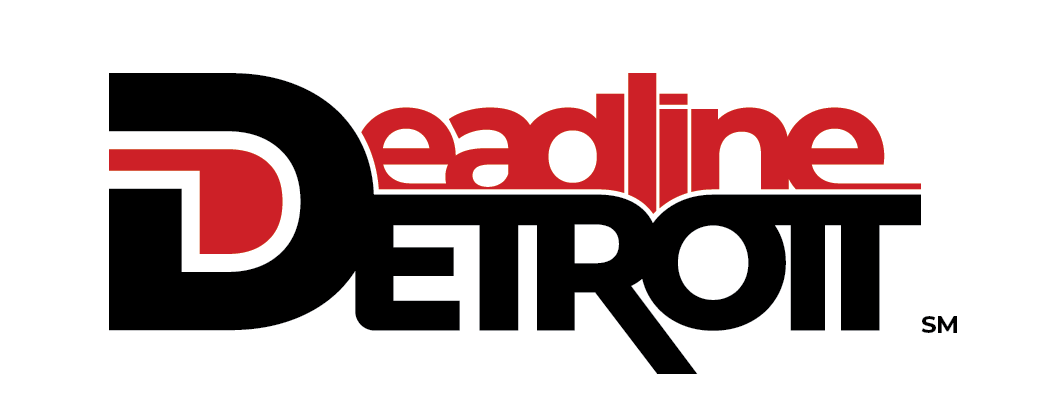Amid fire-breathing dragons, superheroes, robots and massive Coke Zero explosions at The Henry Ford Museum last weekend during Maker Faire Detroit, there was one small refuge of quiet.
A couple dozen coders competing in the inaugural Hack The Museum hackathon spent Saturday staring at computer screens, in the shadows of historical planes, while the festival excitement went on around them.
They typed away speedily, fueled by Red Bull and a looming deadline, rushing to complete the hackathon's challenge -- to create a digital museum experience using The Henry Ford's digital archives in one frenetic day.
Six teams of up to four people participated, creating apps and websites that transformed the historic archives into digital tools to enhance a museum visit with extra video, sound, mapping or crowdsourcing.
 The app recognizing a sign. The black box is what pops up when the camera has recognized something.
The app recognizing a sign. The black box is what pops up when the camera has recognized something.The winning team out-coded the others with an augmented reality app. It recognizes an exhibit when a smartphone camera is pointed at it, automatically bring up more intel on the exhibit.
It works sort of like facial recognition software for objects. The team demonstrated by scanning over a sign for the 1907 White Model G Steam Touring car exhibit. Once the sign was in frame, the camera recognized it and a box popped up allowing you to click for more information.
Once clicked, the app brings users to a screen with additional photos, information and videos from The Henry Ford's collection. In this case, it included video of Jay Leno starting the car.
The app also can read the information aloud in more than 70 languages.
The most impressive thing is that it was built by one person. In nine hours.
Ann Arbor developer Sam Harrell was the only one-person "team." The other five entrants had three or four members each.
When asked why he didn't have teammates, Harrell answered: "I'm a loner," with a laugh. "Nah, it just seemed like fun," he added with a smile.
Team Chi-Hacker, a Chicago-based group of developers who organized the historical data into simple games, and Team 42, who created audio tours that could be used on flip phones, mp3 players or other media devices for those who don't have smartphones, tied for second.
Lauren Ann Davies was part of a five-person panel that voted on the winners.










